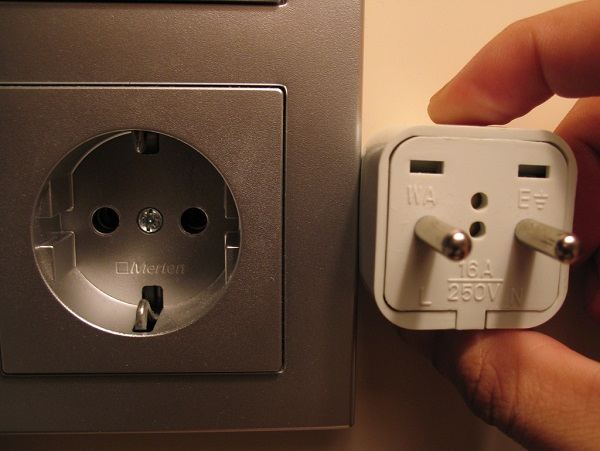I always love helping people. That’s one of the reasons I built this website. I have shared posts and guide to help new testers in their careers. I have also received and answered questions from my audiences. Even though I can’t answer all questions, I try my best to answer as many questions as I can.
With that said, I have been trying to be helpful and I’m glad that I got your trust. Thank you for that.
…but there’s one thing I have been thinking a lot:
What if you and I are trying to solve the WRONG problem.

What if the problem you and I are trying to solve is not a real problem. As a result, looking for a solution for an unreal problem is a waste of time, or worse…misleading.
I often receive questions like these:
“How to switch to software testing?”
“Is software testing a good career to follow”
“How to design test case?”
“Where to learn software testing?”
More often, those questions were asked with little to no additional information about the context or what problem he/she was trying to solve.
Let’s take this question as an example:
“How to switch to software testing?” or “Where to learn software testing?”
I can always guide you how to become a tester or where to learn software testing or how to design test case. However, since I don’t know the context or what your real problem is, my guide may be just a shallow, half-baked solution or worse it can mislead you. That’s not what I’m trying to do with AskTester and my audience.
Maybe I’m just too self-conscious. Actually, in the world of world wide web, people can give whatever advice they want to give and it’s reader responsibility to understand and take the advice under their own risks. Same goes with my website. However, at AskTester whenever possible I always want to understand your problem, your context better so that I can help you better.
To help me help you, I have some suggestions:
Expose your problem

There’s a common problem: People don’t know what their problems are or they think they know but they don’t.
Hey, I’m not saying that I always know what my problems are. I don’t. However, I always try my best to reason myself what problems I’m trying to solve. The deeper you reason and understand the problem, the better you can find the solution for it.
It’s okay if you don’t know what your real problem is. However, if you expose it or explain it, you will have better chance to identify it and solve it.
“A problem well-stated is half-solved” – Charles Kettering
Follow these 6 steps to expose your problem:
- State the problem in a sentence (A single sentence forces you to extract the main problem from a potentially complex situation)
- Make the problem statement into a question (Turning the problem statement into a question opens the mind to possibilities)
- Restate the question in five ways (Spinning the question from a variety of perspectives may provide intriguing answers)
- Give yourself thinking quotas (because it keeps you thinking longer and with greater concentration)
- Knock your questions (Whatever questions you’ve asked, assume they’re wrong-headed, or that you haven’t taken them far enough)
- Decide upon your new problem-solving question (optional)
That may sound too much, but if you practice it, that will become one of your most valuable thinking habits.
Do your homework

When you know your problem, the next step is to look for a solution by yourself. You need to show people that you care to solve your problem and you value people time.
It also means when you write me an email or ask your questions, I really appreciate if you can describe what problem you are trying to solve, why you think it’s a problem, what your context is, what have you tried and what not, etc.
Think about it. How can people help you if you don’t want to get your hands wet?
So that’s it. I love helping people and you need help. So, help me help you.
Related read:

Leave a Reply